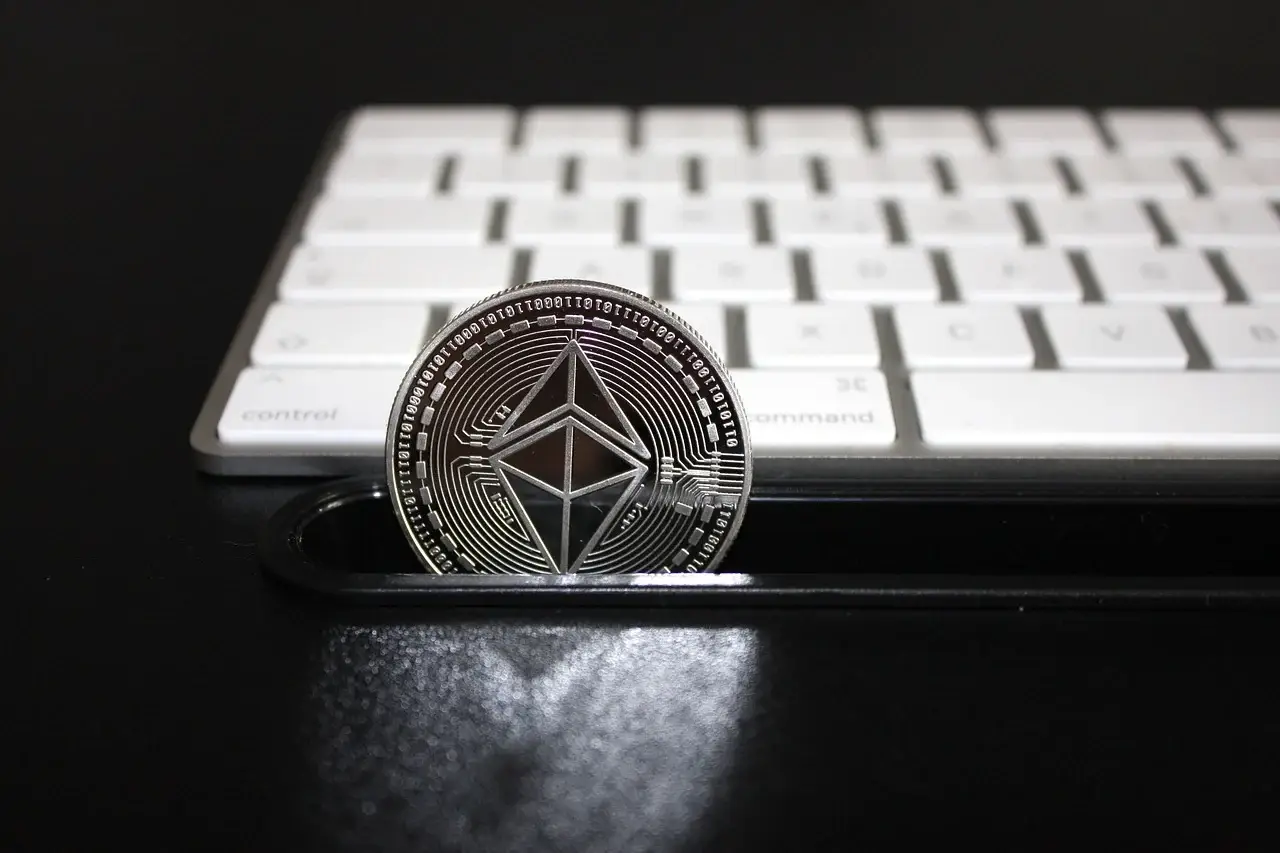
Explore the horizons of digital assets and learn how they are changing the investment landscape
Read more
The crypto market resembles an ocean during changing seasons—some assets sink to the bottom like shipwrecks, while others resurface riding the crest of a new technological wave. The question of which cryptocurrency is the most promising sounds different today: whose architecture will withstand regulatory pressure, whose community will maintain faith in the long-term mission, whose …

FOMO (fear of missing out) is the most insidious source of mistakes in the crypto market. The paradox is that it is the rapid price increase, which seems like a guarantee of profit, that triggers the mechanism of irrational behavior. Bright green candles, tumultuous news, and cries on social media about easy money create the …

The global collapse of cryptocurrencies in October 2025 was one of the most rapid in the past three years. Over the week, the total market capitalization decreased from $2.37 trillion to $1.68 trillion. The fear and greed index plummeted to 17 points — the zone of extreme fear. Bitcoin lost 28%, Ethereum 31%, and low-liquidity …

A shutdown in the USA is not a technical pause, but a real stress for the global financial system. When Congress does not approve the budget, federal agencies stop funding, and thousands of employees are left without pay. The process disrupts familiar benchmarks and creates a data vacuum: unemployment statistics are not released, inflation reports …

A shutdown in the US is not just a technical pause, but a real stress for the global financial system. When Congress fails to approve a budget, federal agencies stop funding, leaving thousands of employees without pay. The process disrupts familiar benchmarks and creates a data vacuum: unemployment statistics are not released, inflation reports are …

The cryptocurrency market continues to gain momentum, with platforms evolving into more than just trading venues, but entire ecosystems where liquidity, innovation, and security intersect. The ranking of the best cryptocurrency exchanges in 2025 demonstrates who is ready not only to withstand the load of professional traders but also to develop in the direction of …
Cryptocurrencies, as an asset class, have a high potential for growth. Investors can make significant profits due to sharp fluctuations in the
Investing in cryptocurrencies allows you to diversify your investment portfolio. This can help reduce risks, especially in times of instability
Digital assets are available for investment around the clock, giving buyers and sellers the ability to easily enter and exit positions
Investing in cryptocurrencies is often linked to new and disruptive technologies such as blockchain. This can open up new opportunities and prospects
Discover new horizons in the world of digital assets. Learn how to properly manage your capital and take advantage of unique opportunities for growth and stability
